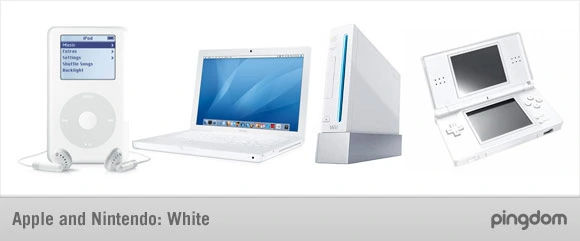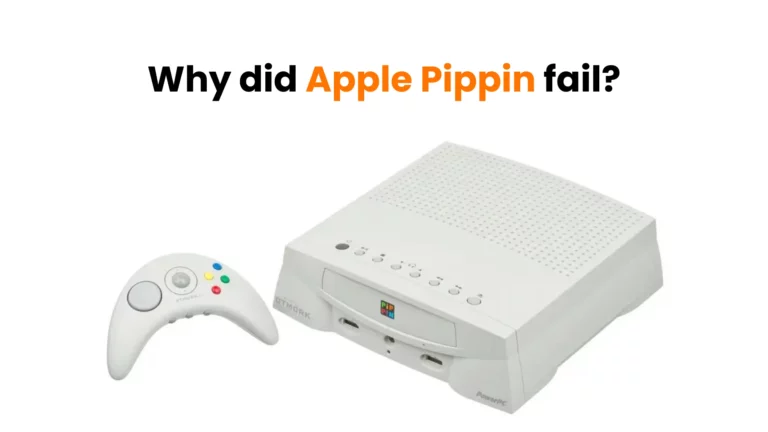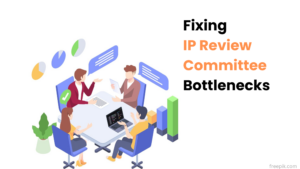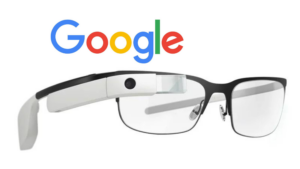Apple Pippin, a discontinued open multimedia technology platform built and marketed by Apple Computer, was designed for the home market as an integral part of the consumer audiovisual, stereo, and television environment.
Because the mid-1990s were an exciting time in both the gaming and computing industries, Apple saw an opportunity. They recognized that gaming consoles at the time were relatively inexpensive devices that cost far under $300.
On the other hand, personal computers were far more expensive, and their excessive prices hampered widespread use.
Therefore, Apple worked with Japanese toy maker and (then) gaming console business Bandai on the Apple Pippin console that would effectively be a scaled-down version of the Apple Macintosh at the time.
The plan was to produce a product that does not just play games but also appeals to a bigger audience looking for a PC-like gadget. Furthermore, this gadget might serve as a communications platform, handle interactive music, and even serve as an educational tool, all while still being able to play games.
While the concept sounded great on paper, the execution fell short.
Let’s find out why did Apple Pippin fail!
3X the Price
Bandai, a Japanese toymaker, expressed strong interest in the proposal and was in charge of producing the hardware in Japan, where it was sold in white under the Atmark brand.
The Pippin’s main disadvantage was its prohibitively expensive $650 price tag in Japan.
And, when the gadget eventually made its way to the United States, where it was known as the Bandai Pippin @ World, Apple wanted users to spend $600 for it.
It was thus more than three times the price of other popular gaming consoles at the time, such as the $299 PlayStation and the Nintendo 64.
Therefore, its pricing made it less attractive to consumers, especially since it didn’t offer a significant advantage in terms of gaming capabilities.

Lesson: Perfect your Pricing Strategy
Pricing strategy is critical to a business’s overall strategy. Therefore, ensure you select the right pricing for your product or service, considering the following factors:
- Profit Maximization
- Competitive Advantage
- Perceived Value
- Market Positioning
- Demand Management
- Revenue Growth
- Cost Recovery
- Data and Analysis
Limited Game Library
The Apple Pippin console had a limited library of games, and many of the games were unexclusive to the platform. Users typically choose a gaming console based on the available game titles, and the Pippin lacked a compelling selection.
Even their developer’s team was not enthusiastic about creating games for the Pippin, mainly due to its limited market potential and the fact that it used a non-standard development environment.
And, without strong developer support, the platform couldn’t attract the quality and quantity of games needed to succeed.
Lesson: Incremental and Sustaining Business Innovation is a Must
Businesses need to innovate and work on developing new products and services. Delivering high-quality products with continuous upgrades in features and functionalities is a must.
Low-performing and Weak Hardware
Apple Pippin’s hardware was not as powerful as its competitors.
The gaming performance and graphics quality, the fundamentals for a gaming console, couldn’t deliver a positive gaming experience.
At the same time, competitors of Apple Pippin games were providing a positive user experience. This put the company at a disadvantage in the gaming market.
Lesson: User Experience Above Anything
Hardware insufficiencies, such as inadequate graphics processing or obsolete architecture, lead to reduced productivity and frustration. You must ensure that your products have the capabilities to handle specific tasks or workloads efficiently.
Today’s users have a short attention span where even seconds make a difference in processing and interaction.
The onus is on you to provide a seamless uptake.

No Clear Identity and Differentiation
Apple positioned Pippin as both a gaming console and a multimedia platform for internet access and educational purposes. The top management wanted it to serve as a communications platform and an educational tool. There just was no clear identity and vision for the product. This identity crisis made it challenging for consumers to understand what the Pippin was and why they should buy it.
Lesson: Niching Up is Key to Business Success
Although it’s best to be a generalist before you niche up, you have experience and knowledge about the industry or market before you choose your expertise. But once you have enough data and knowledge to make a decision, pick a lane.
Decide to switch from a broader market base to a narrow one. It helps you:
- Have a clear vision and mission for your company
- Provide a better understanding of the customer base
- Target and cater to a specific customer segment
- Create an innovation strategy accordingly
Late Entry
Sony, Nintendo, and Sega were dominating the gaming console market when Pippin decided to join the race. But it was too late. By the time Pippin was released, the well-established players were rolling out new upgrades to their products.
On top of it, Apple Pippin’s lost identity and weak hardware made it difficult to compete effectively.
Lesson: Test the Waters before You Dive Down
Late entry into a market can have significant impacts on a company’s growth prospects.
While it’s not a guarantee of failure, late entry often presents challenges that can hinder a company’s ability to grow and capture market share.
Therefore, before you enter the market completely, identify:
- Established competition, positioning, and customer lifetime value
- Customer acquisition costs and related financial costs
- Available market share in the industry you want to enter
- The long-standing relationships and the networking possibilities for your business
- Market saturation scenarios
- Latest customer preferences
Limited Distribution
Apple Pippin was not widely available in retail stores and had a limited distribution network, which meant:
- Reduced Market Coverage
- Missed Sales Opportunities
- Difficulty in Expanding Market Share
- Increased Dependence on Selected Intermediaries
- Risk of Channel Conflict
- Limited Consumer Convenience
- Reduced Brand Exposure
- Difficulty in Meeting Consumer Demand
- Higher Distribution Costs
- Risk of Channel Partner Discontent
Lesson: Find the Balance between Limited and Selective Distribution
While there are advantages to a selective distribution strategy where a manufacturer or brand intentionally restricts the number and types of retailers or intermediaries that are allowed to sell their products, it can soon turn into a limiting network.
Therefore, do extensive research before you map out a distribution strategy for your.
Marketing Challenges
Apple’s marketing efforts for the Pippin were not as strong as they could have been. The company didn’t effectively communicate the value proposition of the platform to consumers. Many potential customers were unaware of its existence altogether.
Furthermore, Apple’s marketing teams could not persuade anyone of Pippin’s superior capabilities that extended beyond gaming.
The fact that the product was marketed as a gaming system didn’t help its case. So despite Apple’s bet on a broader supply of CD-ROM titles for the Pippin, quality Pippin games were scarce, pushing away potential gamers.
Lesson: Marketing is the New Soft Power
A clear marketing message directed towards the right target segment at the right time can make your business. And even though digital marketing is a relatively new concept and wasn’t much around the time of Apple Pippin, marketing has always been there.
Apple has always succeeded in creating brand value and recognition for its computers and mobile devices, but it failed to do so for Pippin games.
However, you don’t have to make the same mistake to create brand awareness and loyalty in prospective customers.
Leverage the power of the internet and social media to reach new business heights!
Closing Thoughts: Why did Apple Pippin Fail?
Even though Apple was involved in Apple Pippin games development, it was not fully committed to the project and observed it primarily as an open platform for others to develop customized products.
And all of these problems combined to result in Apple and Bandai selling only about 42,000 Pippins globally. Apple was also in a lot of trouble at the time and was on the edge of bankruptcy at one point.
Therefore, after negotiating a merger with Sega, Bandai dropped Pippin, and Apple stopped licensing the software at the suggestion of Steve Jobs.
Pippin was canceled in 1997 after selling only 42,000 copies. It’s a niche console that could have done better had it been released sooner. Because many of its video games have not been emulated or re-released, it is still popular among some gamers.
However, it remains a relatively obscure and short-lived product in Apple’s history.



